"Back in the 80s, Tillandsias, also known as Air Plants, became very trendy in Japan because of their sophisticated way of living and adapting. Since then, Tillandsias are still highly demanded as an innovative and creative option when it comes to ornamental plants and interior decorations in the United States, many countries of Europe and Asia", says Frank De Greef of Fleurizon, who has Tallansias in their assortment for several years now. Also, he sees the demand increasing.
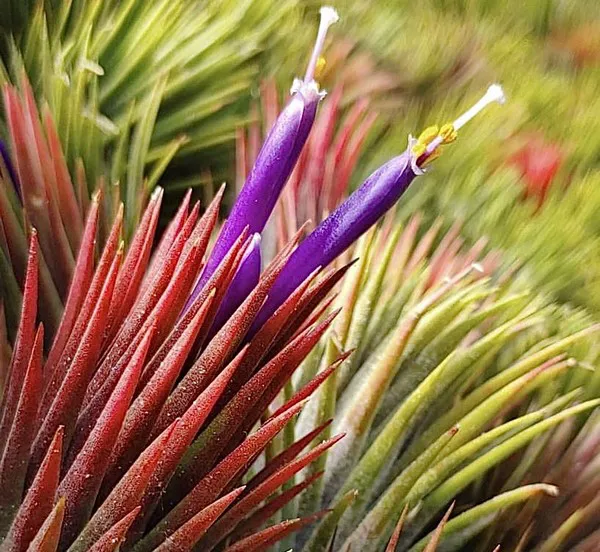
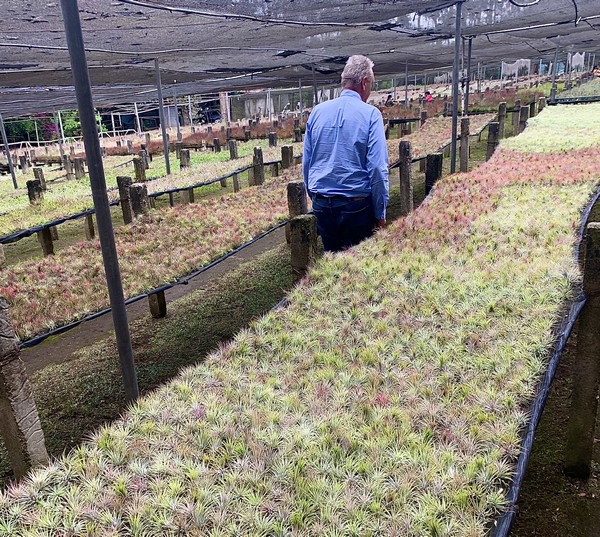
Used in various ways
"Tillandsias are amazing living sculptures native to Central and South America. They are used in the most various ways, in wedding decorations, living walls, living lamps, living jewelry, terrariums, and many others. Tillandsias are amazing companions because they are easy to take care of, resistant and adaptable, portable plants."
You don't need soil to grow
Tillandsias don't need soil to grow. In nature, they use their roots to hold on to surfaces like branches and stones. Nonetheless, Tillandsias are epiphyte plants which means they don't parasite the surfaces they live on. Tillandsias collect nutrient particles and moisture through the functioning of their leaves.
Mainly, Air Plants have two ways of collecting nutrients and water depending on its shape. Some Tillandsias, like T. caput medusae or T. magnusiana, have a closed base and silvery-hairy leaves covered with visible trichomes that function like containers. Other Tillandsias, like T. melanocrater tricolor or T. fasciculata, with no visible trichomes, which makes the leaves look bright and polished, have a crown-shaped base that functions like a vessel. Also, some varieties possess both forms of collecting, like T. xerographica or T. juncea.
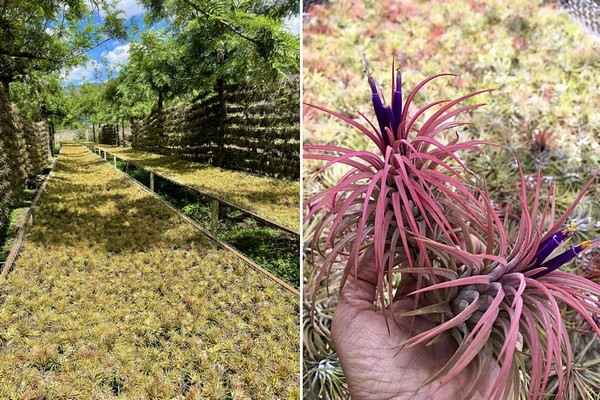
Importance of sunlight
Sunlight plays a very important role in the health of Tillandsias and their proper development, De Greef explains. "Some varieties of Tillandsias even change the color of their leaves to more fuchsia, violet, reddish colors if exposed to sunlight constantly. It is important to take notice of the thickness of the leaves of your Tillandsia; Air Plants with thicker leaves are more resistant to direct sunlight than the ones with thinner leaves. In general, all varieties of Tillandsias are very adaptable and resistant. While blooming, each variety produces a unique flower that develops slowly to be enjoyed while its colors change in a degraded effect. "
"Each variety has its particular beauty and way of living"
According to De Greef, Tillandsias are futuristic plants that will bring elegance and life to one's spaces in a simple way. There are hundreds of varieties of Tillandsias, and each variety has its particular beauty and way of living; some grow faster, some grow bigger, some grow in tropical forests, and others in deserts. In nature, Tillandsias develop into clumps, families of Tillandsias that grow together in a rhizome-like form. When cultivated, Tillandsias develop into small clumps and are then separated to grow individually, to become strong and resistant to being exported. Each Tillandsia is a unique being, a living sculpture willing to travel overseas to become your companion."
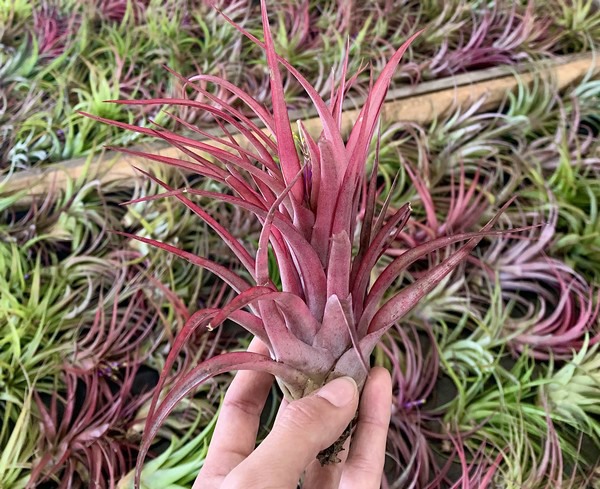
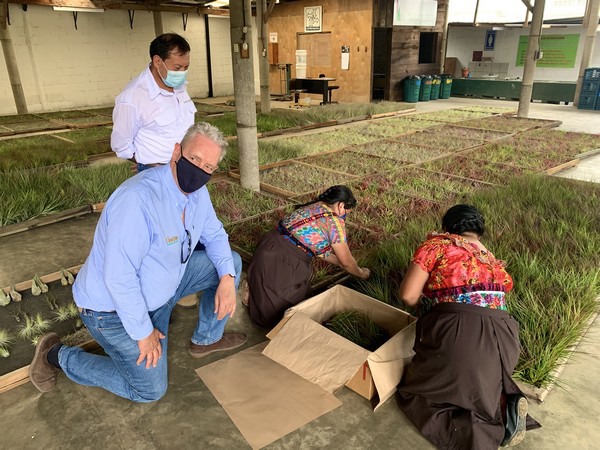
Frank de Greef at one of their growers
Fleurizon's Tallandsia growers
Fleurizon's professional Tillandsia growers in Central America have been cultivating Air Plants for almost 40 years as a family business run with perseverance through generations. "Our growers were pioneers in providing the Japanese market with the best quality Tillandsias from Guatemala." For a Tillandsias to reach a final customer, a great process is required. Tillandsias are slow-growing plants, and some varieties need years to develop into big sizes. To cultivate Tillandsias requires constant and dedicated long-term work to be able to provide consistently the best quality Tillandsias all year round. "Each Tillandsias is selected, cleaned, and packed meticulously by hand to achieve the international export process successfully."
"At Fleurizon, we offer you only the best quality Tillandsias cultivated with passion by the family of our top producers in the Highlands of Guatemala. Many quality controls are carried out so that the Tillandsia that reaches the final customer comes with a guaranteed smile. At Fleurizon, we care about keeping a close relationship with our providers, their farms, and processes to make sure we provide our customers with the best quality Tillandsias and a top tropical experience made with dedication and passion."
For more information: Fleurizon
Fleurizon
Robert Pettorii
Email: info@fleurizon.com
www.fleurizon.com
